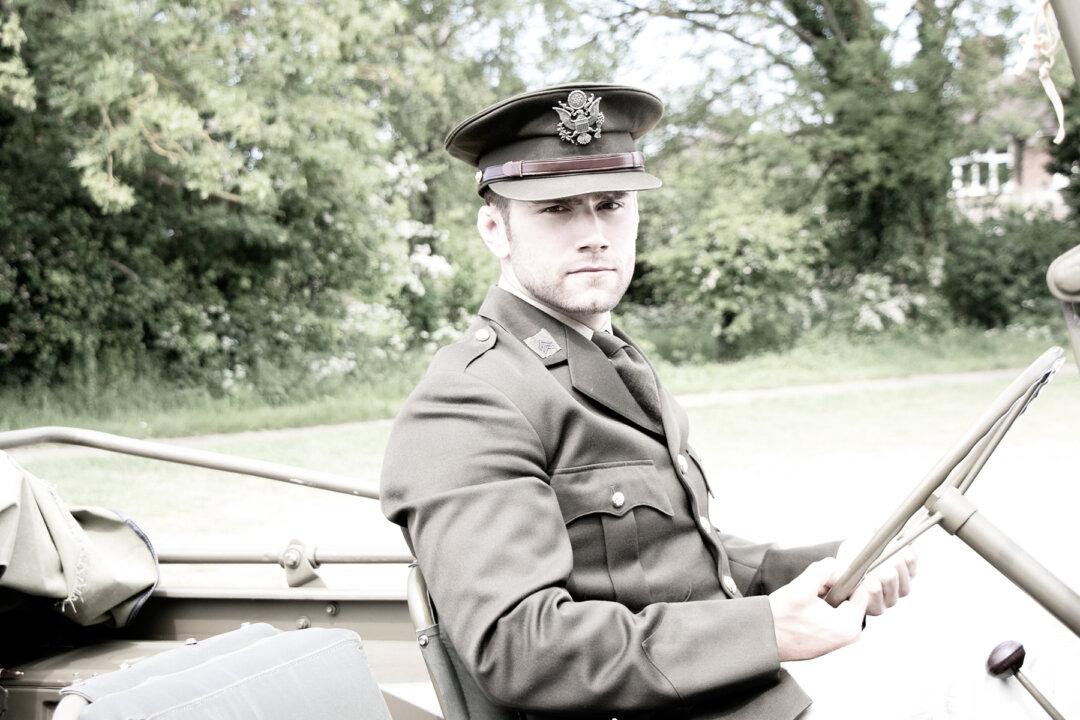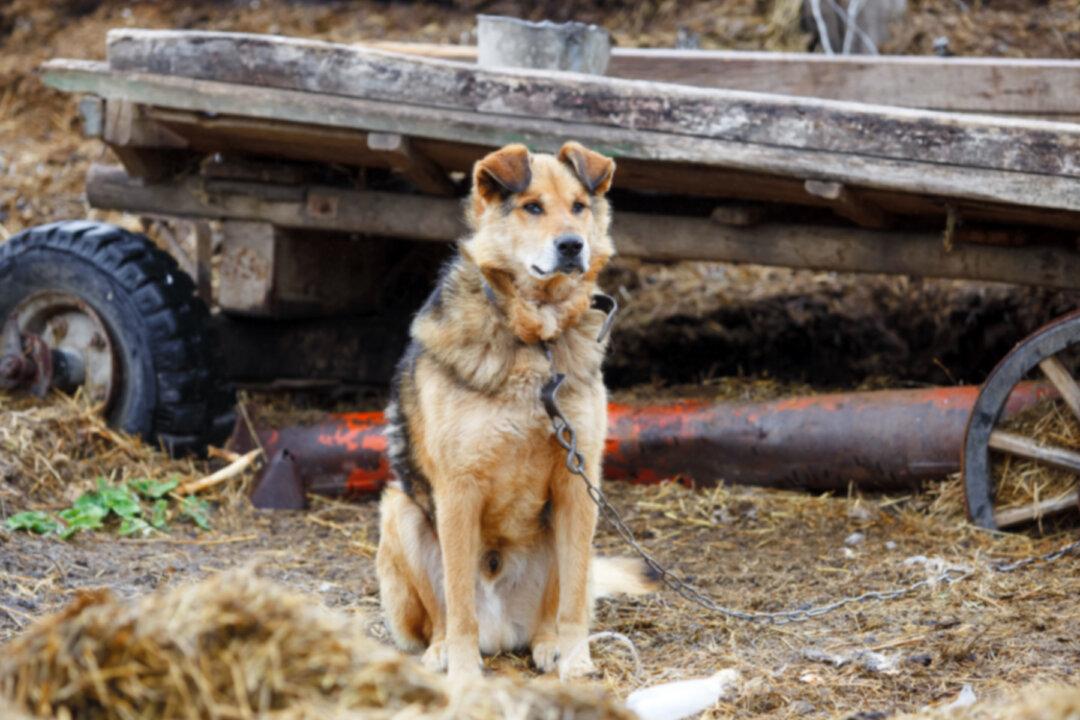Remember the 60s CBS sitcom “Hogan’s Heroes,” which left viewers laughing their heads off as they watched the inmates of a Stalag (German prisoner-of-war camp) planning to create havoc directly in front of their Nazi commandants?
Surely, the brutality of WWII is a serious matter that shouldn’t be joked about. However, “Hogan’s Heroes” was a huge success as the quirky comedy series looked at the lighter side of World War II, portraying the Nazis as bumbling fools, making fun of their silliness.




